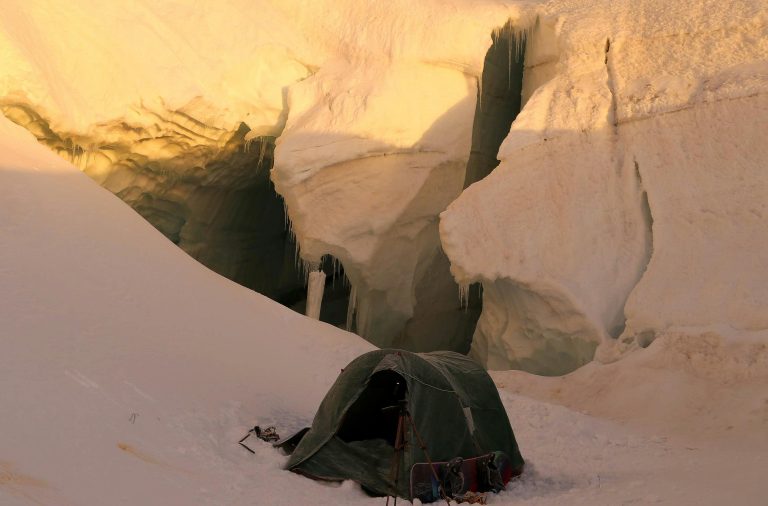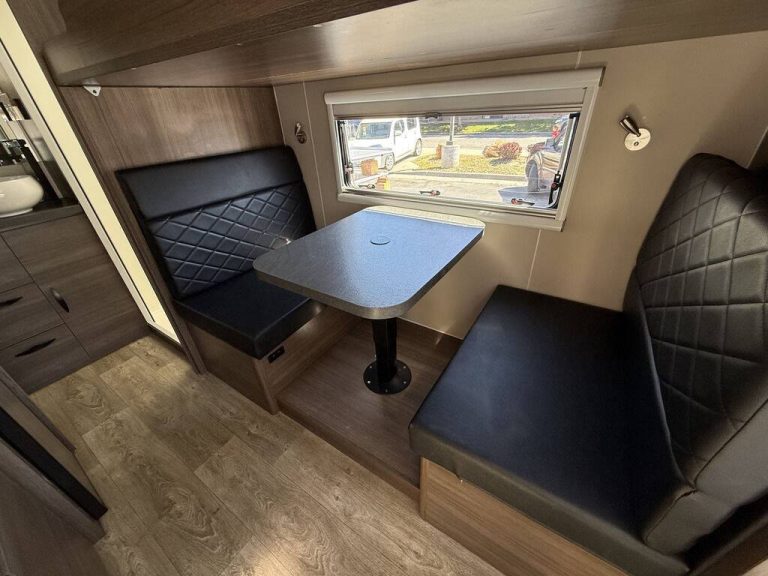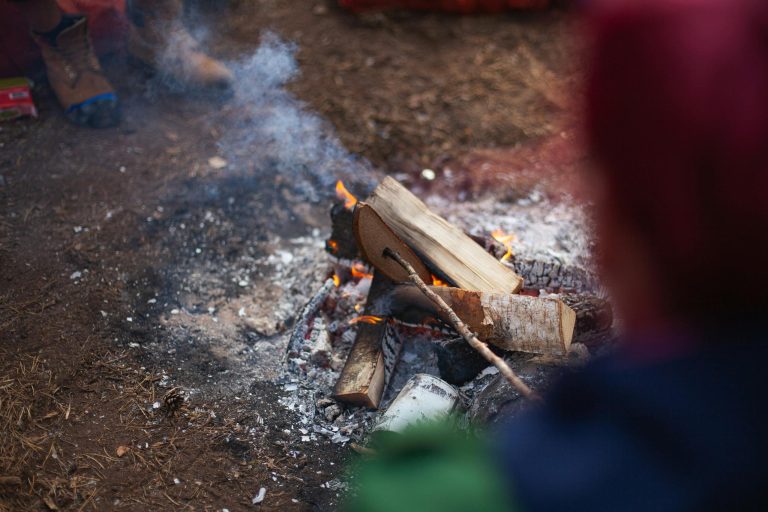Table of Contents
The Thrill & Challenge: The Vehicle Deep Dive trains you for Thrills & Drills in Off Road vehicles.
Meta Description: Find out more about off roading With expert advice on 4×4 adventures, 4×4 accessories, mastering off road driving techniques and 4×4 beginner advice on how to tackle the back country responsibly and with the right gear.
Introduction The Call of the Wild
I recall the moment my wheels slipped from taught asphalt to bite into loose gravel on a mountain track outside Moab. My heart rate spiked, not in fright but in total excitement. It is that moment – when your car becomes an extension of your wanting to go beyond civilization’s fringe – that turns ordinary drivers into off-road fanatics.
Off-road vehicles are more than machines with bigger tires and beefier suspensions. They’re keys to unlocking adventure, self-reliance and that primal connection to nature our ancestors understood well. Whether your fantasies involve blasting through rock gardens in Utah, trudging through muddy forests, or embarking on a 2,000-mile cross-country overlanding adventure, the proper overlanding vehicle will open up avenues to epic adventures that the interstate system can’t even begin to fathom.
The why of off-roading goes deeper than adrenaline. It’s about the freedom of mind, the freedom to go where you want to go. It is about challenge – pitting machine and driver against unforgiving terrain. And it’s also about perspective — the views of the summit, the remoteness of the campsites, and the moments of solitude you can’t experience from the comfort of asphalt.
Farther Than the Pavement Goes: What Defines a Legitimate Off-Roader?
Not all SUVs heavily promoted as being ready for the trail are, in fact, ready. True off-roading can be boiled down to a few key mechanical ingredients that all work in harmony with each other.
The foundation is built upon the drivetrain. Four-wheel drive (4WD) and all-wheel drive (AWD) deliver power to all four wheels, but not all systems are equal. A true 4WD system with low-range gearing provides the torque multiplication to creep over obstacles at a walking pace. I discovered this differentiation the hard way, attempting to scale a steep, crumbly stretch in my old AWD crossover — tons of wheelspin, no gain.
Ground clearance is more than just a number on a spec sheet; it translates into gliding over rocks instead of getting impaled on them. But ground clearance is absolutely nothing without suspension articulation – the ability of wheels to make contact with the ground as the ground contact becomes uneven. Watch a grippy off-roader flex over an obstacle, and you will see wheels drop into holes even as others climb over rocks, the whole chassis maintaining its level.
With locking differentials your secret weapon in more serious terrain. When one wheel spins out, an open differential pushes all the power that could be into that single wheel. Lockers make both wheels on an axle work together, so the one that still has traction keeps pulling. It’s not just power that’s welcome, either; it’s how gracefully a vehicle can handle that sudden washout or climb a rocky step. I’ve realized that traction control is your silent partner, but lockers are your ace in the hole.
The under-the-skin bits people tend to ignore count, too: skid plates to protect key items, recovery points for when the brown stuff hits the fan, and approach/departure angles that dictate what you can sidle up to or leave without smearing on expensive track rod ends.
Picking Your Off-Road Buddy: Off-Road Vehicles You Can Ride
The world of off-road is painted with a range of capable artistry with different characters and missions. There’s no right answer, just take the one that tells of your actual adventures — not the daydreams.
Dedicated Off-Roaders
The Jeep Wrangler, Toyota Land Cruiser and now-defunct Ford Bronco could all be commuted to work during the week and taken to the Appalachian Trail on the weekend. Football games? These are tailored vehicles with solid axles, good articulation and recovery points from the factory. My friend’s Wrangler Rubicon will go through obstructions that would turn most vehicles on their heads, but driving it on a daily basis is a little bit like maneuvering a brick through a windstorm. And it is a trade-off; off-road capability is amazing, on-road refinement less so.
Capable SUVs & Trucks
The sweet spot for a lot of enthusiasts comes in vehicles like the Toyota 4Runner and Tacoma, Ford Bronco Sport and Land Rover Defender. These are the perfect blend of on the trail performance and every day cruising. My modified Xterra has done everything from the Rubicon trail to grocery runs, though it certainly excels at the former. The trick is to realise that these machines are 80% off-road and yet still perfectly at home soaking up the miles on the open road.
UTVs and ATVs
Side-by-sides and ATVs are adrenaline machines that are suited for certain types of terrain. Jetting over dunes on a UTV provides an unvarnished, adrenaline-pumping thrill that larger vehicles can’t replicate. They’re agile, quick and designed for play more than for practicality. But they’re not your cross-country movers — think weekend warriors rather than expedition vehicles.
Overlanding Rigs
They’re what you want to take into the outback. These are self-sufficient expedition vehicles — bloomers for the open road — rolling basecamps designed for long-distance sustenance, not conquering off-road obstacles. Imagine a Toyota Land Cruiser or Ford F-150, his and hers rooftop tents, fitted some with extended fuel capacity and gear to survive weeks in the wilderness. They value dependability and independence more than rock-crawling capability.
Choosing depends on honest self-assessment. Do you airport girlies dream of tackling Moab technical rock-crawling or peaceful camping off of forest-service roads? Weekend adventures or month-long expeditions? Let your real adventures — not your Instagram fantasies — guide this decision.
The Overlooked Essentials: Gear You Need and Forgot to Pack
But the vehicle is only the start. The difference between an adventure and a serious risk can be the kind of preparation and equipment incorporated.
Recovery Gear
It’s only a matter of time before you get stuck, so to speak. My Maxtrax traction boards have saved me hours of digging more times than I care to admit, when the seemingly impossible became the manageable. A good recovery kit consists of traction boards, recovery straps (not tow straps!), D-ring shackles and, if you are in serious terrain, a winch.
From the Oregon coast and a really memorable bout of sinking into that soft sand, I learned the importance of good recovery gear. Budget traction boards split in half under load, and we found ourselves digging until the sun set. The good stuff is more expensive to start, but it will pay dividends when it counts the most.
Communication & Navigation
Cell service disappears in the time it takes for you to forget what a badass you were on that gnarly trail. The only thing nice about your overpriced technology isn’t a luxury — it’s a lifeline.? If you don’t have a GPS unit with a satellite communicator, like a Garmin InReach, get one. I learned this the hard way on a solo trip near Death Valley when my phone went dead and I made a wrong turn that added six hours to my drive. At least with a backup navigation system and a means to communicate with folks on the outside, the peace of mind can make all the difference.
Basic Tools & Spares
A good set of tools and spare parts can make potential trip-enders into minor inconveniences. A tire plug kit, mini air compressor, basic set of tools, fluids, and safety equipment should be at the bare minimum. That basic tire plug kit saved a weekend trip when a sharp rock blew a hole in my sidewall 50 miles from the nearest civilization.
Safety Equipment
A first aid kit, a fire extinguisher, an emergency shelter, extra food and water, And may as well. Period. The wilderness doesn’t respect your schedule, or your comfort zone — preparing for disaster scenarios is often what keeps them from going to hell in a hand-basket.
Chapter One Starting Off: Your First Time Off-Road
You don’t have to arrive in the off-road world with an extreme truck or expert skills – a good attitude, a little humility and a little preparation.
Find Your Community
There are limitless resources, trail access, and potential riding partners within local off road clubs. Don’t be afraid to reach out to senior members. Adults who have recently taken something up are often keen to encourage others into their new-found interest, and help them make mistakes they have already made. Facebook groups and online forums offer more resources, but there’s no substitute for real-life mentorship.
Start Simple
Do not succumb to the desire to hit the hard trails right away. Start out on easy-rated trails that fit your skills and the capability of your vehicle. Learn fundamental skills such as hill climbs, descents, and small obstacles before attacking more technical trails. You were not an expert from the beginning; everyone has to learn so chill out.
Vehicle Pre-Trip Preparation
More than once a good pre-trip inspection has netted me loose lug nuts, low fluids, or worn parts that would have meant a trail side emergency. Inspect tire condition, pressure, fluid levels, battery connections, and basic systems. Check you can access your recovery gear and your basic emergency supplies are up to date.
Essential Resources
Good quality trail guides and maps are still hard to beat when it comes to planning a trip. Platforms like Mars provide curated trail guides with difficulty ratings, gives key waypoints and local tips that help newcomers select appropriate challenges. Digital tools augment, but don’t supplant, traditional ways of navigating.
Conclusion: The Destination is the Journey
Off-roading is about something that is much more than mere mechanical proficiency or an adrenaline fixation. It’s about the challenge and what that challenge yields; the views gained through hard work, and the quiet moments miles away from it all that put life in perspective. So every award teaches a lesson — about your vehicle, the environment, and, most important, morale.
There is no end to the learning in this line of endeavor. There’s always another trail to try, a technique to learn, a handicap to conquer. And nothing stays the same, the weather changes, seasons change, the trail changes. What was impossible a year before becomes possible with experience and preparation. That evolution is how passion is kept alive from one year to the next.
For off-road newbies: Respect the trail, get prepared and be prepared to learn — that’s the basis for a lifetime of seeing new stuff. Your first muddy grin, when something clicks and you ride through a tough section successfully is just out beyond the edge of the pavement.
Ready to explore? Discover your next adventure and essential gear guides on Mars, where the offroad community shares knowledge, experience and the best trails in your area.






